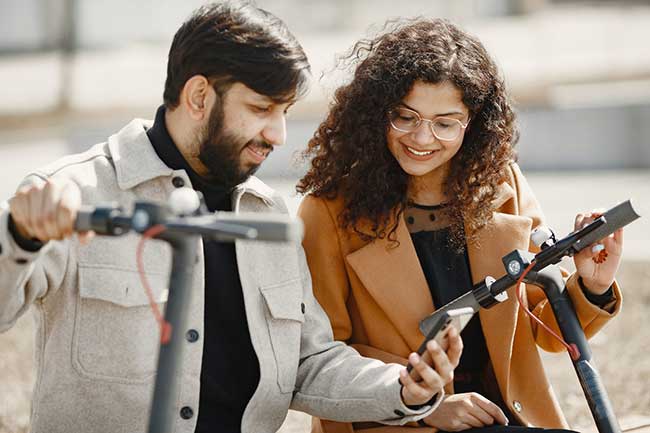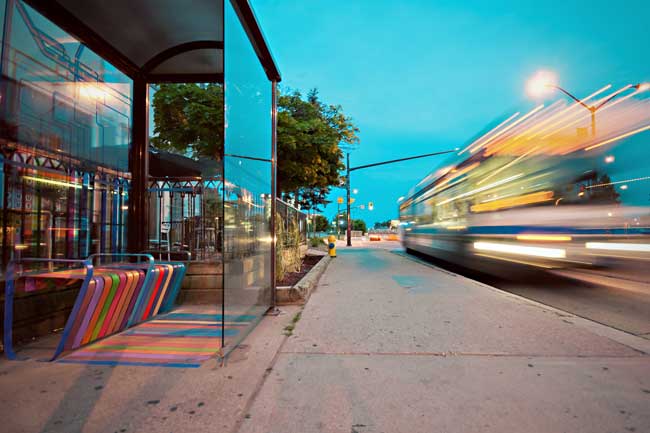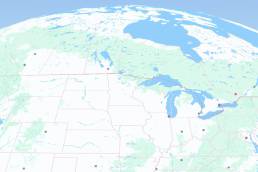Life in a city is not the same as it once was. It couldn’t possibly be. The number of individuals living in urban areas has increased markedly in recent times, putting added strain on housing, infrastructure and transport networks. In fact, urbanisation itself is a recent phenomenon. By 1800, more than 90% of the global population lived in rural areas; by the mid-20th century, this figure had been turned on its head. Today, our cities are busier than ever. Just over 56% of the global population now lives in urban areas, and the trend shows little sign of slowing.
But having more people living in densely populated locations has significant implications for urban mobility. What is the best way for city-dwellers to get around now they are competing with a far greater number of individuals for space? Extra cars may actually make things worse. But if the future of urban mobility isn’t to be found on four wheels, what about two?
New wheels
It is more common than ever to see a delivery driver on a bicycle or a commuter whizzing past on an electric scooter. Urban mobility has changed rapidly in recent years as a result of a proliferation of two-wheeled vehicles. Electric scooters have taken over our sidewalks, bike lanes and roads, alongside e-bikes and speed pedelecs. By 2023, e-bike sales are estimated to reach 40 million units worldwide, with some of the biggest growth seen in China. This is perhaps unsurprising given the country’s rapid urbanisation.
One of the major advantages of the increasing number of two-wheeled vehicles is that they can co-exist with cars, trains, trucks, and pedestrians. While this brings huge benefits for conurbations struggling to manage urban sprawl, it also creates new challenges for city planners and traffic management systems. This is where route optimisation platforms like Local Eyes, powered by the HERE location platform, can facilitate the evolution of urban mobility.
How to optimise mobility operations in your city
The benefits of incorporating alternative forms of transport like scooters and bike share schemes within a city’s urban mobility strategy are well understood, but they are not easily realised. Simply increasing the number of bicycle lanes or lowering the cost of purchasing an e-scooter won’t have the transformation effect on urban mobility that could truly make a difference to city life. However, if these forms of transport are integrated with location intelligence tools, a broad range of benefits can be unlocked, including:
- Environmentally friendly travel: It is well-known that bicycles and electric scooters are greener alternatives than travelling by car, or even public transport, but it is not always easy to convince individuals to give up their regular commute for one on two wheels. By leveraging Local Eyes and its route optimisation data, however, individuals can compare exactly how long their journeys will take by bike, say, compared to their car. That way, it is much easier to encourage bicycle usage and lower a city’s carbon footprint.
- Reduced travel time: Using Local Eyes and its real-time data enables individuals in an urban environment to gain a true picture of how long it will take them to get to their next destination. They no longer have to assume that their car is the fastest or easiest way to get around. Instead, dynamic traffic data can demonstrate whether other modes of transport may be quicker or more convenient.
- Create seamless intermodal journey: Even with the increased number of bicycles in our cities, they will not fully replace cars, buses, and trains. Instead personal mobility solutions are likely to represent one of many ways to get around our urban environments. This will naturally increase the complexity of urban mobility, but location platforms hold the answer, allowing cities to offer seamless, intermodal journeys made up of traditional public transport offerings, micromobility solutions, and on-demand services.
- A more efficient last mile: Commuters are not the only individuals affected by innovations in urban mobility. Between now and 2030, there is predicted to be a 78% growth in urban last-mile deliveries. Some of these extra deliveries will be fulfilled by trucks, others by bicycles (or even drones). Whichever transport mode is used, route optimisation and fleet management tools can cut congestion and ensure that there is space on city roads for everyone.
- Smart cities: Digital tools could one day lead to entire cities built upon smart services. Research has found that these cities can improve various key quality-of-life indicators by 10 to 30%. Mobility will play a key role here alongside a robust supply of data.
The future of urban mobility
It is predicted that in the not-too-distant future, urban mobility will no longer be the disjointed affair that it is today. Travel by taxi, bus, train, bicycle, or scooter will be integrated so city residents can view their quickest, cheapest, greenest and safest routes.
This approach, known as Mobility-as-a-Service (MaaS) will leverage huge quantities of data to ensure that urban areas deliver a more integrated transport service. If this vision of the future is to become reality, tools like Local Eyes will play a defining role, providing commuters, traffic planners, and urban developers with the data they need to create a city that works for all its inhabitants – whether they travel by car, bus, or bike.
Find out how Local Eyes is already revolutionising urban mobility in cities all over the world. Contact us today.





